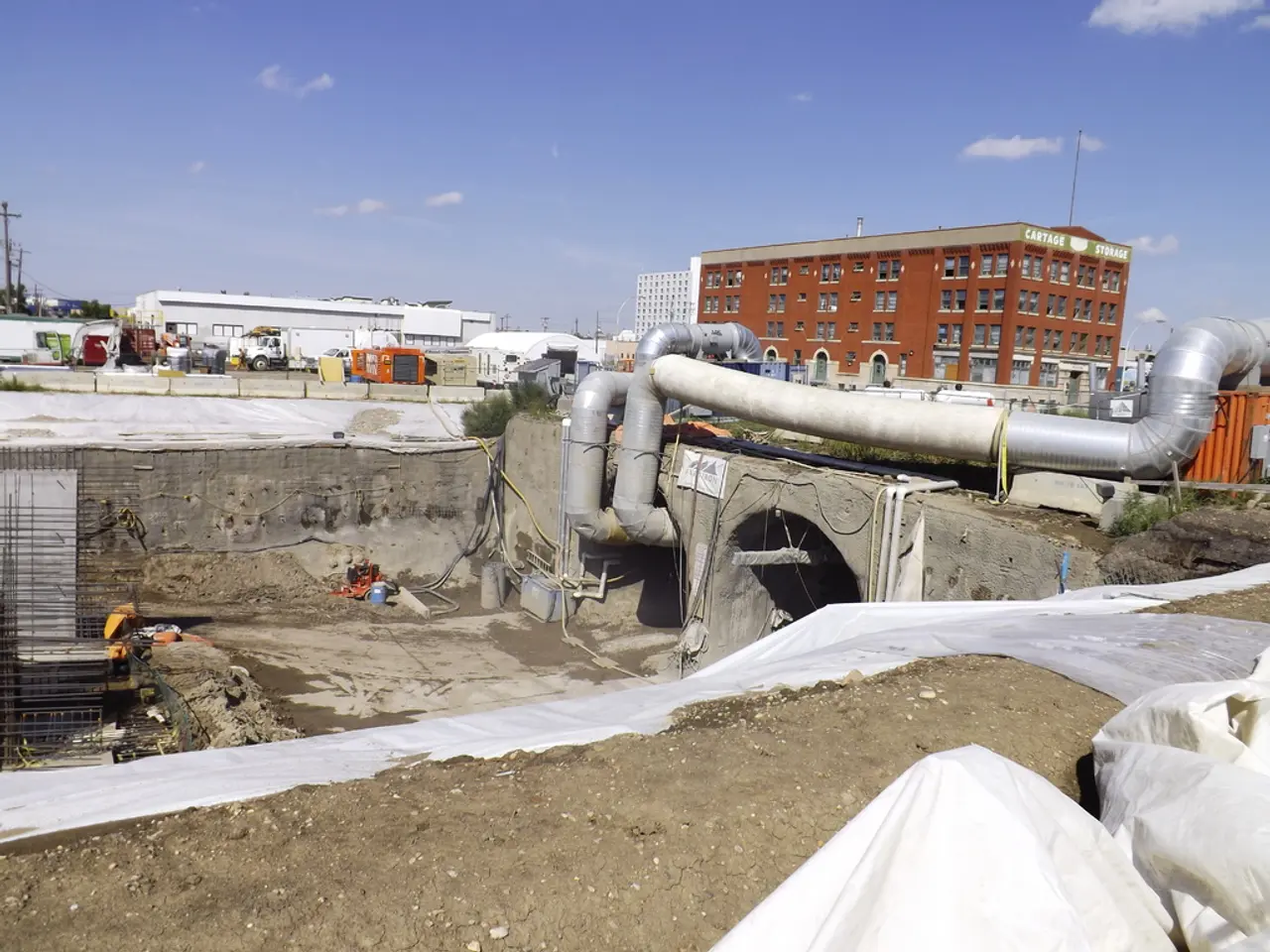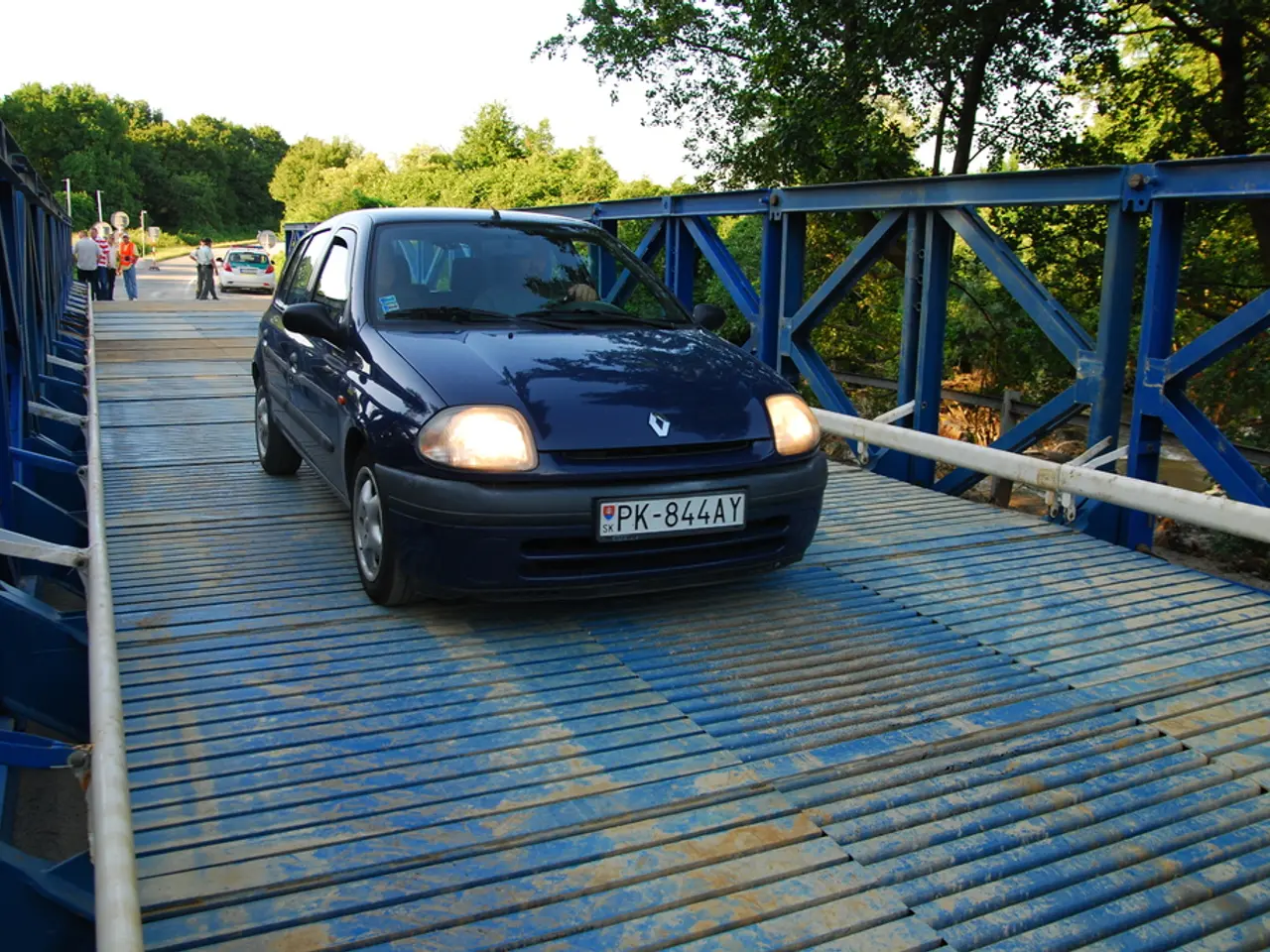Russia escalates military confrontation with additional assaults on Ukraine, following Trump's demand
In the ongoing conflict between Russia and Ukraine, the Institute for the Study of War (ISW) has reported significant developments as of July 31, 2025.
Russia has intensified its use of drones in the Ukraine war, disregarding U.S. demands. Last week, Moscow launched a large-scale kinetic and cognitive strike involving 309 Shahed-type and decoy drones from multiple Russian bases and eight Iskander-K cruise missiles. The majority of these attacks targeted civilian areas in Kyiv and other oblasts, resulting in at least 11 deaths and over 135 injuries. This large drone barrage is a clear rejection of U.S. President Donald Trump's ultimatum for Russia to meaningfully engage in peace negotiations, demonstrating Russia's defiance through escalating attacks.
The use of Iranian-designed Shahed drones, rebranded as Geran in Russian service, has grown steadily and become emblematic of Moscow's persistent nightly harassment of Ukrainian cities and infrastructure. According to ISW-backed Ukrainian air force data, Russia could potentially launch 1,000 to 2,000 drones per day in the near future.
Previous reports document large-scale drone attacks involving hundreds of Shahed and decoy drones launched from various Russian staging areas, striking civilian and infrastructure targets across several Ukrainian oblasts. Despite Ukrainian air defenses intercepting a majority of these attacks, the ISW highlights the insufficiency of current Ukrainian defenses.
Meanwhile, on the ground, Russia's territorial advances remain limited and focused, especially along the Donetsk axis. The advance of 11 kilometers from the western border of Bakhmut, taken in May 2023, to the west of Chasiv Yar has taken Russia 26 months, a very costly conquest in time and resources.
Russia announced it had completely taken Chasiv Yar, in the Donetsk region, but the ISW notes there is no visual confirmation of Russian troops in the most western part. The tracking of maneuvers and tactics is essential to understand and evaluate the evolution of the war.
Ukrainian President Volodymyr Zelensky denounced that the attacks this week on Kiev left 31 dead and 159 injured. In response, Kalashnikov announced the delivery of a new batch of kamikaze drones KUB for use on the Ukrainian front.
Russia's strategy in the last weeks of July has focused on harassing Ukraine with massive drone attacks and an increase in decoys. The Institute for the Study of War warns that if this trend continues, the number of drones launched per night could dramatically escalate by the end of the year.
The colored areas on the maps do not imply the complete elimination of local resistance. The information on the advance of Russian troops comes from the reports of the Institute for the Study of War, the Critical Threats project, the UK Ministry of Defence, the Ukrainian Ministry of Foreign Affairs, and other reliable sources.
Despite the ten-day ultimatum given by the United States for the Kremlin to halt the war, these attacks continue. It is crucial to monitor these developments closely as they unfold to gain a comprehensive understanding of the ongoing conflict.
- The use of drones in the ongoing war between Russia and Ukraine has become more frequent, particularly the Iranian-designed Shahed drones, now rebranded as Geran in Russian service, and the number of drones that Russia could potentially launch daily, according to ISW-backed Ukrainian air force data, is estimated to be between 1,000 to 2,000.
- The Institute for the Study of War (ISW) has warned that if Russia's strategy of using massive drone attacks and an increase in decoys continues, the number of drones launched per night could dramatically escalate by the end of the year, posing a significant concern in the average assessment of global conflicts and political stability, including war-and-conflicts and general-news.






